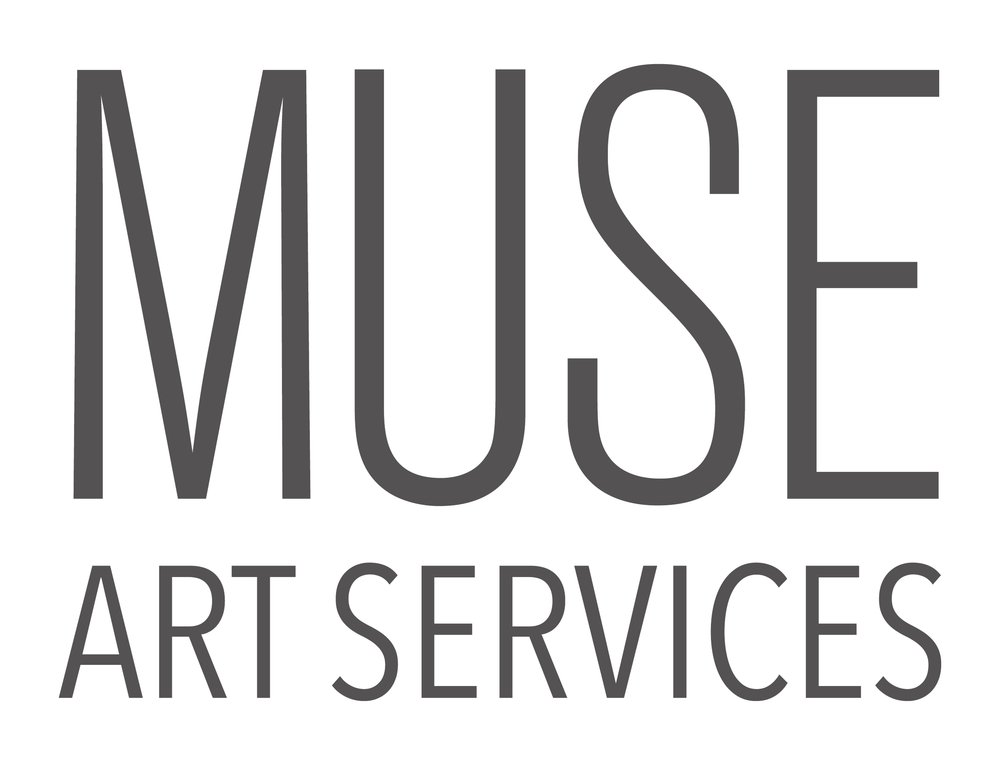Alice was “on it”!! She was one of the first ones to complete the work for the shows (not that it was a race or anything), and it’s beautiful. Two small fabric pieces, described below:
Artist Statement.
“At first glance the idea of collaboration felt daunting. Sue’s “for the wall” fabric works are big, bold, and most, with glorious color. My works on paper are small in scale, intimate, and expressed in a neutral palette. Where was our “common thread”? I was immediately drawn to her physical thread work, and knew I wanted threads to play a strong visual role in our collaboration. In the beginning, I focused on Sue’s work without thought to what my work is about. It was not until I started to consider the themes I gravitate toward, that possibilities for compromise took shape.
I found inspiration in landscape to be a common thread. Of Impermanence, is a marriage of Sue’s fabric and love of color with my use of monotype and collage.
In Memento Mori, the structure, a reoccurring theme in my work, stands alone, as we each, in reality, stand alone. The most intimate, important areas of life are lived behind closed doors. Here, my structure and neutral palette play out on Sue’s fabrics in a monotype collage.
Each work, Memento Mori and Of Impermanence reflect on the inevitability of death and how we choose to celebrate life.”
Bio.
Alice Carpenter, printmaker and painter, has devoted her printmaking practice to the monotype since 2014. Her monotypes have received recognition in numerous regional juried exhibitions, as well as national juried shows, including The Butler Museum of American Art 85th National Midyear Exhibition, Directors Award, 2021. Recently, she was honored to have two of her monotypes selected and published in the Fall 2023 online Decoy issue of The Harvard Advocate.
Her work often reflects the nighttime magic found, as a child, in Appalachian Ohio. After the past 50 years of “city living” in Columbus, Ohio, a recent move to Wallingford, CT, has returned her to her rural roots.










